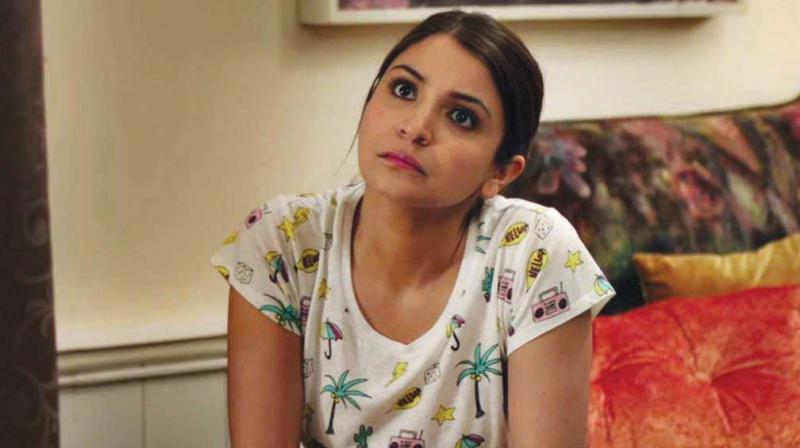Race against racism

Apu Nahasapeemapetilon from The Simpsons is one of the most prominent South Asian characters on US television. So popular and loved is Apu that American voice actor Hank Azaria, who voices the character, didn’t win one, but three Primetime Emmy Awards for Outstanding Voice-Over Performance.
But even as Apu entertains millions of people throughout the US and the world, it has often been a subject of debate that his character is a racist caricature complying with too many stereotypes on the show. The negative caricature is not just limited to a ridiculous, offensive accent but also the beliefs that he and his extended family stand for.
The character has been the cause for controversy ever since his first appearance in 1989. But even as we get upset over Hollywood’s portrayal of Indians in their cinema, closer home, Bollywood doesn’t have any cleaner plate to boast.
Over the last few years, even as Bollywood attempts to rise over stereotypes, it doesn’t look like the problem is close to finding its solution. Even today, we have Akshay Kumar speak broken English in Pad Man, Anushka Sharma’s portrayal of Sejal with stereotypical Gujurati roots in Jab Harry Met Sejal; Deepika Padukone’s ridiculous rendering of South Indian characters in Rohit Shetty’s Chennai Express and the typical jewellery-clad Durga-Puja-celebrating Bengali from Lootera or Kahaani.
“Bollywood has always operated on racial and casteist stereotypes,” begins actress Tannishtha Chatterjee. “Even as Hollywood is slowly coming to realising its past mistakes by learning to be more sensitive about the issue, Bollywood isn’t quite there yet. Our stereotypes have been on for decades and they aren’t going anytime soon,” she sighs.
Backing her opinion is film historian SMM Ausaja who presents more instances of this stereotyping. “One of the most iconic films that Bollywood has produced, Amar Akbar Anthony, was almost entirely built out of stereotypes. Both the characters of Akbar Allahabadi (Rishi Kapoor) and Anthony Gonsalves (Amitabh Bachchan) had horrible stereotypes,” he recalls. Incidentally, these two were the only characters from the film who made a mark. “Nobody wanted to be Inspector Amar Khanna (Vinod Khanna). Everyone was talking about Akbar and Anthony!” he continues. Mithun Chakraborty’s portrayal of a south Indian has almost comical undertones, expresses Ausaja.
Considering how characters like these imprint on the audience easily, it doesn’t come as a surprise that the industry continues using this technique. But often, the portrayal isn’t at the discretion of the actor but a choice the director makes. Tannishtha explains, “One would ideally think that an actor decides how they want to play a role. But really, a film is a director’s medium of storytelling. As a given, if the director wants to show a certain characteristic, he asks you to act according to that image,” she says.
While Ausaja maintains how unfortunate this caricaturing of characters is, he has an idea of why it still finds space on screen. “These caricatures are far removed from mainstream Bollywood’s usual audience — the urban viewers. And when they see such a ridiculous portrayal, they find it funny and/or appealing. So it works,” he says.
Often times, this portrayal reaches beyond the screen. “Shows, movies and stand-up comedy, even popular caricaturisation and parody, has been an important part of media and dealing with our popular celebrities. The need of the hour is to relook at how far the parody goes… Maybe we should reset the thresholds,” warns film analyst Omar Qureshi.
On the other hand, director Onir thinks that these caricatures can be healthy. “I don’t se any harm in such caricatures. As long as it is not meant in a derogatory way, I think we can all take such characters in good humour,” he says. “I am sure that comic films (like Chennai Express and Jab Harry Met Sejal) aim to only entertain the audience and not offend or humiliate anyone. What would be
harmful though is an insulting portrayal of the disabled, the LGBTQ community,” he signs off.

